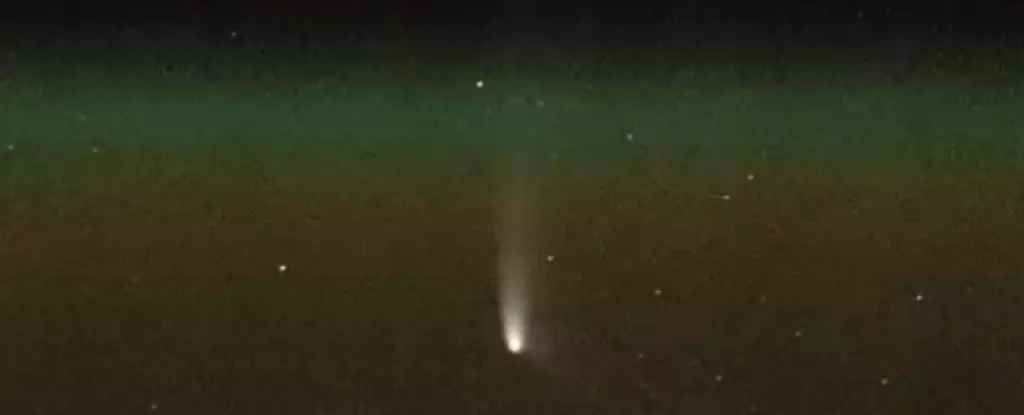January 2023 marked an exciting milestone for astronomers with the discovery of a new comet, designated C/2023 A3 (Tsuchinshan-ATLAS). While new comets are not unusual, this particular one sparked considerable enthusiasm among scientists due to its potential brightness. The cosmic ballet of celestial bodies often captivates both seasoned astronomers and casual stargazers alike, and the thrill of uncertainty surrounding a comet’s luminosity only adds to the allure. Described in enthusiastic language as possibly the “comet of the century,” the comet has nevertheless served as a reminder that the unpredictability of nature often shrouds such celestial phenomena in mystery.
As of late September 2023, C/2023 A3 has become visible to the naked eye, particularly for those in Australia and Aotearoa New Zealand. Although not yet dazzling, the comet is regarded as “the comet of the year” due to its visible tail and dazzling appearance through optical aids like binoculars or telescopes. The excitement surrounding this celestial visitor reflects humanity’s enduring fascination with the universe. Currently, the comet can be observed each morning, rising approximately an hour and a half prior to sunrise, making it a promising target for early risers and dedicated astronomers alike.
As observers gaze towards the eastern horizon, they can experience the enchanting sight of the comet, which appears as a soft, fuzzy entity—an otherworldly lighthouse in the morning sky. The anticipation builds as the weeks pass, with expectations that the comet’s brightness will continue to increase, particularly as it approaches its perihelion on September 27. This moment marks the closest point to the Sun in its orbit and could initiate an incredible spectacle as the comet draws nearer to Earth.
As Comet C/2023 A3 approaches the Sun, astronomers and stargazers prepare for a possible celestial treat. On October 9 and 10, the comet is poised to pass between Earth and the Sun—a position that could create conditions for remarkable brightness due to a phenomenon known as forward scattering. Similar to beams of light piercing through a fog, this scattering could amplify the comet’s luminosity, making it potentially visible even in daylight under ideal circumstances. Still, any attempt to sight the comet during this time should be approached with caution, as gazing directly at the Sun can cause serious eyesight damage.
Post this vital passage, the comet will transition into the evening sky around October 12, presenting an opportunity for evening observers to witness this celestial marvel. As it climbs higher into the western sky, expectations run high for an exceptional viewing experience. The scattering effects from sunlight might still enhance its brilliance, creating an ethereal show as the comet’s tail streams outward, appearing to dance across the night.
As October days progress, the display promised by Comet C/2023 A3 will begin to wane. The brightness may fade as it retreats from the inner Solar System into the vastness of space. The transient nature of comets is reminiscent of fleeting beauty; they often shine bright but rarely stay visible for long. Although C/2023 A3 may soon become a memory, it will leave behind awe and inspiration for those fortunate enough to witness it.
Furthermore, the unpredictable character of comets instills a healthy sense of skepticism amongst astronomers. C/2023 A3 is also susceptible to fragmentation—an occurrence where comets can break apart due to intense solar heat. Such an event could result in an even grander spectacle, while on the other hand, a lack of brightness could dull the comet’s impressive shows. This duality highlights the unpredictable nature of these cosmic entities.
C/2023 A3 (Tsuchinshan-ATLAS) serves as a poignant reminder of the universe’s unpredictability and the joys of celestial observation. Designed for both excitement and caution, this comet has rekindled passion among observers as it dazzles the night sky. The upcoming weeks hold promise for an extraordinary comet-watching experience, urging those interested to take the time to step outside, connect with the cosmos, and toast to the wonders of the universe. Whether the comet fulfills its early promises or surprises us in unexpected ways, the celestial event will undoubtedly captivate the hearts and imaginations of many.

